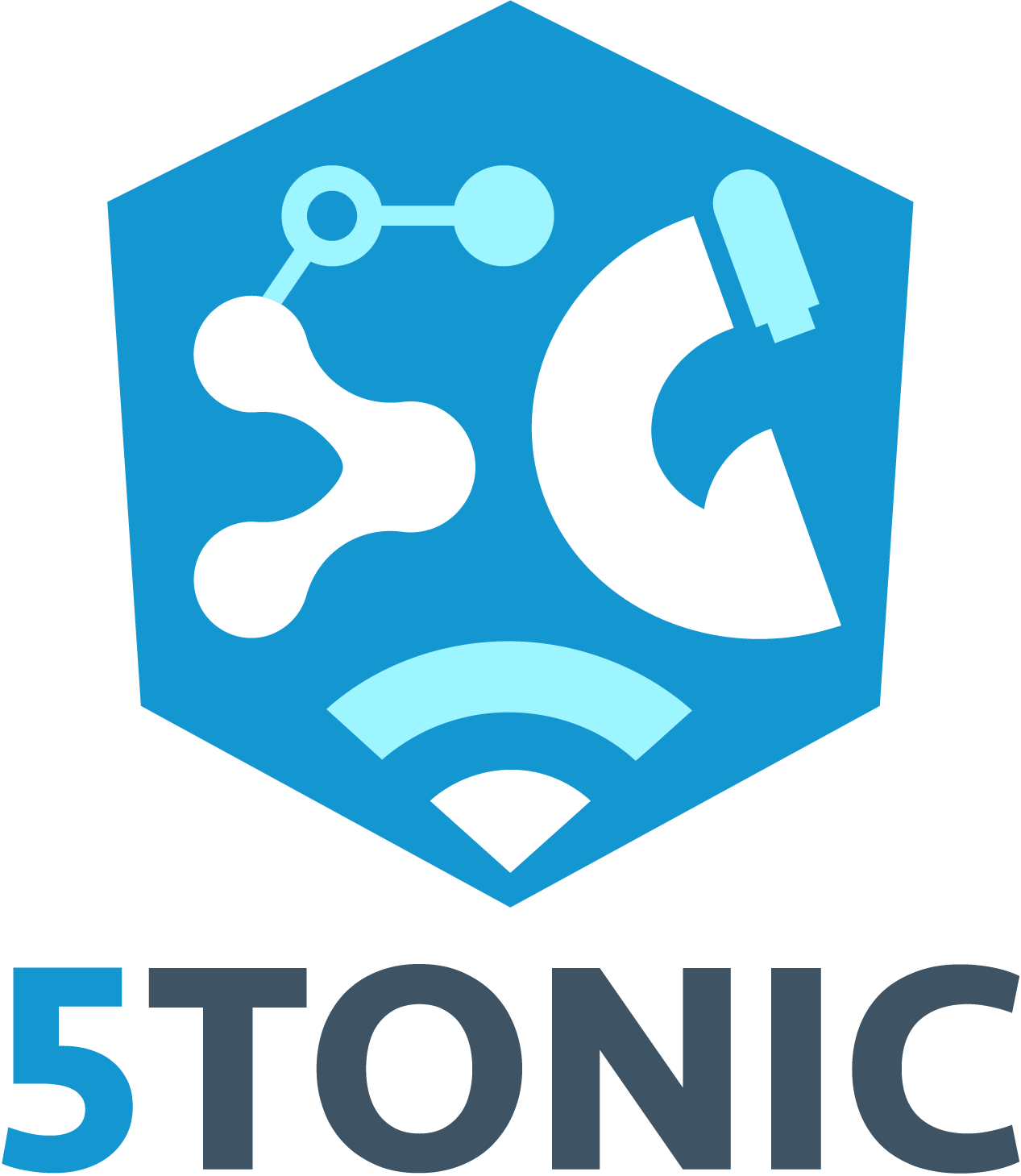The virtuous cycle of 5G network optimisation: how data drives connectivity performance in private networks
One of our core missions is to participate in projects that contribute to the transition from 5G to more sustainable, adaptive, and intelligent new generations of networks. For this reason, 5TONIC, together with some of its members and collaborators, is involved in two projects: 6G DAWN and 6G BLUR, which are part of the UNICO 5G R&D programme and supported by NextGenerationEU funds, through the Recovery, Transformation and Resilience Plan of the Government of Spain. While dynamic and efficient networks are developed to prioritise resilience and automation for more sustainable connectivity in the first project, the second explores the automation and optimisation of mobile connectivity services in private 5G networks with extensive use of AI, looking for intelligent ways to configure, validate, and optimise. To this end, the 5TONIC lab facilities have been hosting the demonstration of four PoCs called Energy Optimisation in NPNs, Zero-Touch Non-Public Networks, NPN Validation, and Data-driven RAN optimisation.
In this blog, we will explain how these last two PoCs from the 6G BLUR project work together to demonstrate the feasibility of offering 5G-Advanced services efficiently to the usage needs of each enterprise to ensure specific adaptability. We worked jointly with our founder Telefonica, our member Ericsson, Keysight, and under the coordination of the Centre Tecnològic de Telecomunicacions de Catalunya (CTTC) to develop these two PoCs.
This project explores the automation and optimisation of mobile connectivity services in private 5G networks with extensive use of AI, looking for intelligent ways to configure, validate, and optimise. To this end, we have shown two PoCs called NPN Validation and Data-driven RAN optimisation, which aim to demonstrate the feasibility of offering 5G-Advanced services to enterprises in an extremely efficient way to ensure specific adaptability to the usage needs of each enterprise.
These PoCs include three key innovative concepts:
- The 5G PNI-NPN adoption model, which integrates private into public networks.
- The creation of a digital twin of the private 5G network system. This concept has not yet been explored in the telecommunications industry.
- The specific business needs of the private 5G network ecosystem, going beyond the services provided by 3GPP-standardised NEF.

Smart cities, services, and industries need private mobile networks to deliver, but how can they be optimised to get the most out of them? The key is the ability to adjust to data continuously and accurately. This is the idea behind «Data-driven RAN Optimisation» and «NPN Validation», the two PoCs developed in our labs. Together, they aim to improve the network infrastructure thanks to an iterative and dynamic process in which:
- Data-driven RAN Optimisation: initiates the process using telemetry and real data to fine-tune the access network.
- NPN Validation: validates the operation of the private network with the optimised configurations, ensuring that the specific requirements of the use case are met.
These two PoCs create a circular course composed of the following steps:
Setting network performance objectives. Objectives are set for networks to meet latency, availability, capacity, etc. In this way, an indicative method is created that allows the achievement of each interaction to be measured.
Recommendation and implementation of the new configuration. Following the definition of the established goals, specific recommendations for adjusting the network configuration, such as redistribution of resources or parameter adjustments, are generated and implemented.
Monitoring of performance and resource utilisation. Following the inclusion of the recommendations, a real-time observation phase begins, in which data on the network’s functioning are collected. Opportunities for improvement are identified, and bottlenecks in the process are detected.
Understanding of actual usage patterns and trends. With the data obtained, an analysis is carried out to determine the network use, the most consumed services, the overloaded moments, or the behaviour of the connected devices. The results are used again in the first step to redefine the objectives and adjust them more to the company’s needs.
The interpenetration of these POCs offers self-service: the company can express its needs, adapt the networks with the most appropriate configurations, and enact them, reducing effort and time, and making management simpler. Their realisation has posed a scenario of mass customisation of a 5G connectivity service for social networks and its technological validation. Its outcome is positive, as it establishes synergy in the PNI-NPN model, unlocks the use of the digital twin of the private 5G network system, and amplifies the exposure of APIs adaptable to the needs of enterprises.
Ultimately, open research spaces like the 5TONIC lab are a vital catalyst for advancing and widespread adoption of 5G and 6G technologies across various sectors. By fostering collaboration among diverse stakeholders, from telecommunications operators and technology providers to end-users in vertical industries, we create a dynamic innovation ecosystem that drives the development of transformative solutions and realises the benefits promised by these new generations of mobile networks. This collaborative approach is essential to maximise the impact of research and ensure that emerging technologies translate into tangible improvements in productivity, efficiency, and quality of life in several domains.
Carlos J. Bernardos, vice president of 5TONIC and full professor at UC3M, explains, «Since our beginning, our mission has always been to create an enabling ecosystem for 5G. That is why we welcome projects like this in our labs, as they are necessary to develop this technology whose applications are useful for different industrial sectors.”

